Eat the Problem is a carefully curated ensemble of recipes, essays and artist statements around the notion of invasive species. Kirsha Kaechele’s mentality towards the problem of invasive animals is to turn flaws into features and work towards fixing the problem rather than “moaning” about it.
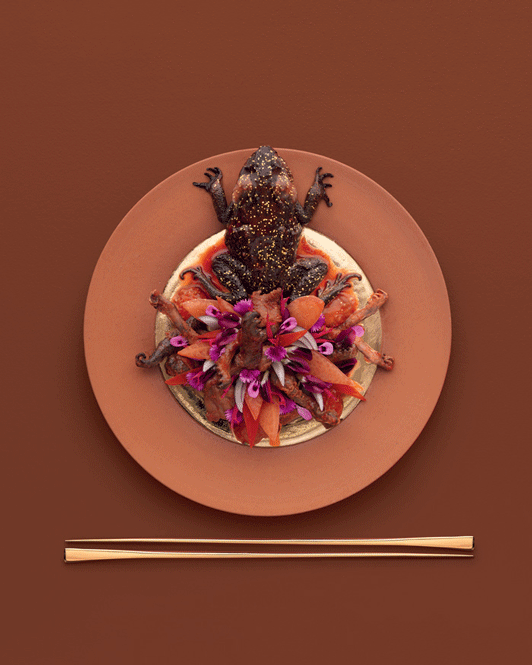
The large book itself is minimal yet colourful in aesthetics. The photography of the dishes is particularly beautiful and makes items such as toad legs and roast possum slightly more palatable. Kaechele’s dinners in Australia and her book aim to recognize the United Nations Sustainable Development Goal 12 that dives into sustainable and Responsible Consumption and Production. Krishna believes that we need to alter our eating habits, and in doing so combat an ecological nightmare that faces different parts of the globe.
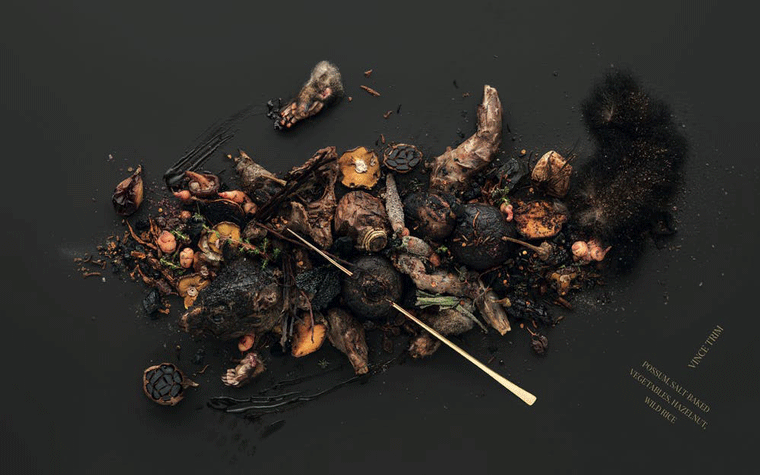
Although Eat the Problem has a good concept and ideas, it has its faults. Krishna takes what is widely available and makes it so complex it’s inaccessible to the average person. Even the book is close to the price of a monthly car payment. What contributes from this book is promoting the idea that some invasive species can be enjoyable to eat but it fails to show how people are already incorporating invasive species into their diet, sometimes without even knowing.
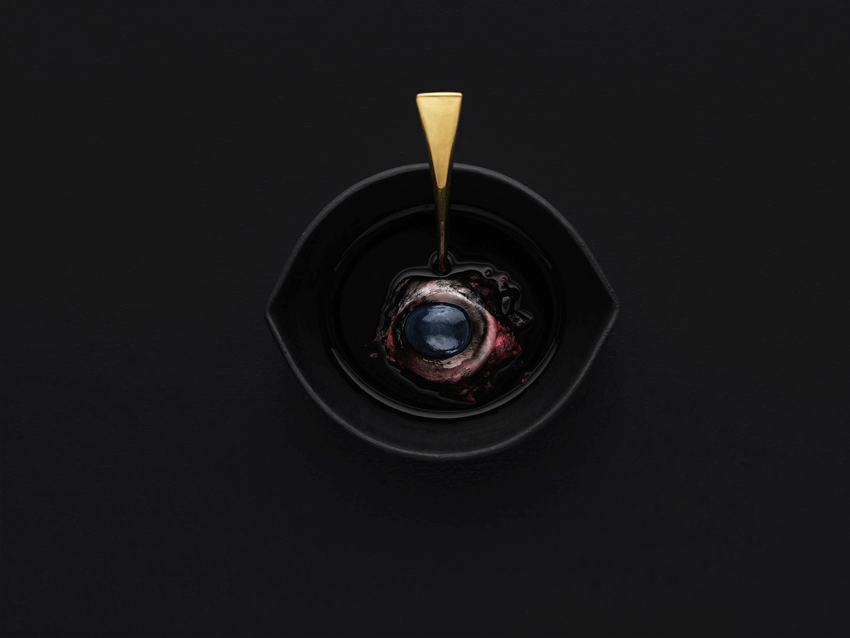
It’s the conscious decisions at the grocery store or the market that can be taken by the average person rather than someone living the life of luxury, particularly in Australia as most of her dishes surround her native country. Eat the Problem shows us what fine dining can do to fight against invasive species but neglects to show what people can do every day in their own kitchens.
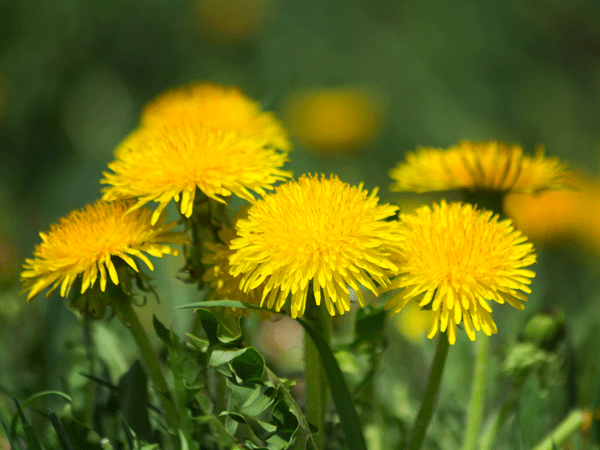
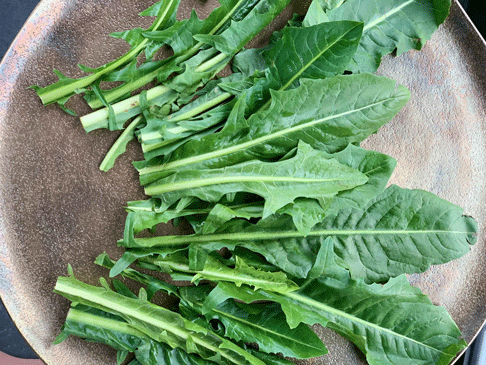
An example can be seen in the consumption of dandelions which grown in popularity these past years. Once a staple during the great depression because it was widely available, it can often be picked on the side of the road and is full of healthy nutrients. Even well-known food magazines such as Bon Appetit have taken their hand in introducing the plant back into the mainstream.
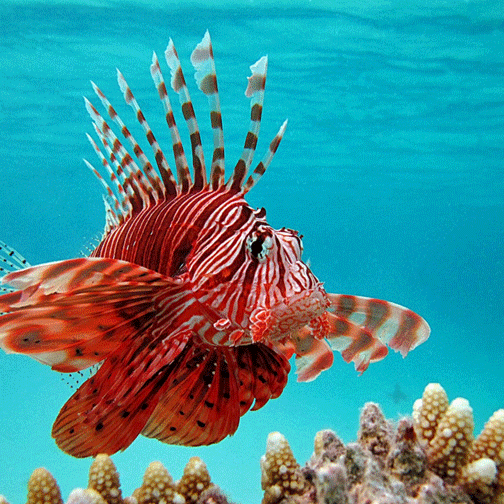
Another example can be seen in the consumption of lionfish. Lionfish are an easily recognizable animal in the oceans of the Atlantic and Caribbean. Due to overpopulation from aquarium dumping and no natural predators, lionfish have become a massive issue in these waters and devastate other fish populations. Their meat is white and flaky tasting, being a little like mahi-mahi.
An increasing number of restaurants in the areas, as well as the United States, have started to incorporate lionfish into their menus. Ordering lionfish when it’s presented on menus or going lionfish fishing on holiday are ways to help combat this major issue in these oceans. For recipe ideas and to learn more about consuming lionfish there are some great ideas here.
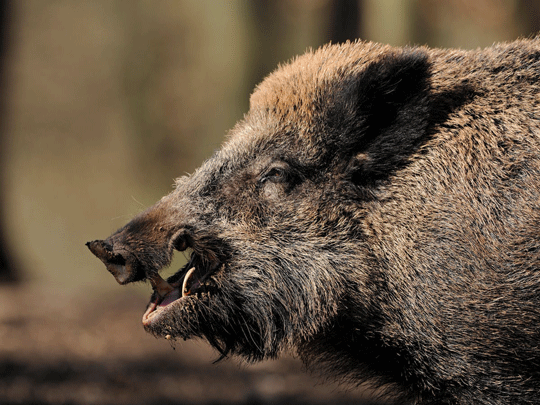
Wild boar is another animal that is mentioned in Eat The Problem but is also widely available in many different countries in the world. Places such as Italy, Spain, the United States and now even Canada, face problems with these aggressive wild pigs. This style of meat tastes more of wild game than pork but is much leaner and healthier. It can be developed into excellent dishes such as wild boar ragu or braised boar shank. There is such a widespread problem in the southern United States, where the warm temperatures create the perfect breeding ground for the animals, that recreational hunting excursions are popular amongst Americans. It is a particular shame that not more people are eating these unwanted wild boars rather than pigs held in brutal conditions on fast farms.
One thing is certain, Krishna Kaecele was right. We can at least try to eat the problem.
